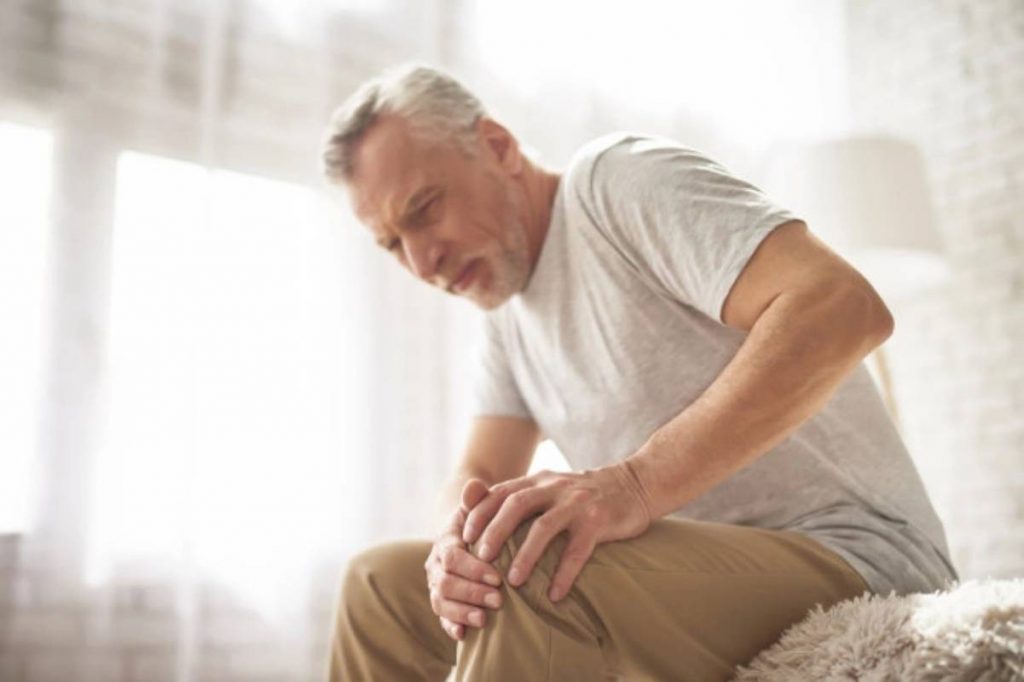Joint pain with age: Autoimmune diseases such as osteoarthritis, septic arthritis, rheumatoid arthritis, gout arthritis, systemic lupus erythematosus, inflammatory bowel disease. Some precautions must be following at various stages of life to maintain joint health. The following advice, however, is only for the elderly. Bone degeneration develops after the age of 25. When the number of bone-forming cells known as osteoblasts falls compared to the number of bone-resorption cells known as osteoclasts, this occurs. As a result, fractures, inflammation, and joint pain are more likely. Furthermore, during menopause, bone mineral density drops considerably. As a result, the following tips will assist you in improving your joint health as you become older: Contents [hide]
Table of Contents
Exercises to Strengthen Muscles
Your joints become weaker as you get older. Your bone mineral density, cartilage, and ligaments will be more vulnerable than they were when you were in your twenties. But don’t fret; by strengthening your muscles, you’ll be able to support your joints, which will undoubtedly weaken. Simple workouts like a daily thirty-minute walk, swimming, aerobics, and mild weight lifting will help you gain muscle mass. This stronger muscle can aid with joint support. Concentrate on the larger muscle groups, such as the gluteus maximus and gastrocnemius.
Controlling Your Weight
The majority of joint displacements and injuries develop due to their inability to support the added weight. Fat places more significant strain on the joint, destabilizing it instead of increasing muscle mass, giving more strength and stability. With atypical gaits, this may become clinically noticeable. Implement a healthy lifestyle that includes exercise and a well-balanced diet to improve joint health.
Reduced Consumption of Red Meat, Seafood, and Offal in the Diet
While we’re on the subject of diet, it’s worth mentioning that food groups high in iron acid should be avoided as you become older. Olaf, seafood, and red meat are among them. Your kidneys will be unable to eliminate the massive levels of uric acid created if you consume these foods regularly. As a result, fluid will be displaced and deposited in your joints (typically the tiny bones in your foot), resulting in a painful, red swelling known as gout. It’s best to eat a well-balanced diet that includes both vegetarian and non-vegetarian foods.
Your General Practitioner should see you regularly.
You may see subtle pathological changes that haven’t yet emerged as a full-fledged disease as you get older. As a result, make it a habit to see your doctor frequently. Your collagen levels, joint x-rays, vitamin D levels, and bone mineral density assessment by DEXA scans can all help you discover early, modest changes in your bone health. It can be achieved by careful management rather than a delayed diagnosis, requiring total joint replacement.
Also Read: How to Get Back into Shape After the Pandemic
Glucosamine Supplements, Chondroitin Sulphate, and Hot or Cold Therapy
If you acquire joint difficulties, especially osteoarthritis, moving to basic physiotherapy can assist despite all of your previous efforts. It quickly gives relief by preventing pro-inflammatory molecules from migrating through vasoconstriction. On the other hand, hot treatment is helpful in the treatment of rheumatoid arthritis and other joint diseases that cause a reduction in synovial fluid.
Supplements like Chondroitin sulfate (a chemical found in cartilage) can also help with joint inflammation and pain, which seem to come with age. When taking anticoagulants, it’s essential to avoid these supplements.
Glucosamine is also a proteoglycan that has viscoelastic characteristics. Our bodies can easily absorb its oral supplements. It also aids in joint health and stability. Again, speak with your doctor about your medical history before using these supplements, as glucosamine can cause insulin resistance and is not recommend for people with diabetes.
Conclusion
Finally, you won’t have the same body at 60 as you did in your twenties. But it isn’t a negative thought; it’s a wake-up call to start making minor lifestyle changes now so you may live a life as fulfilling in your 60s as you did in your 20s. It includes exercising regularly, consuming a nutritious diet, and obtaining medical counsel as needed.
Also Read: How Do You Get Rid Of Saddlebags On Arms?
